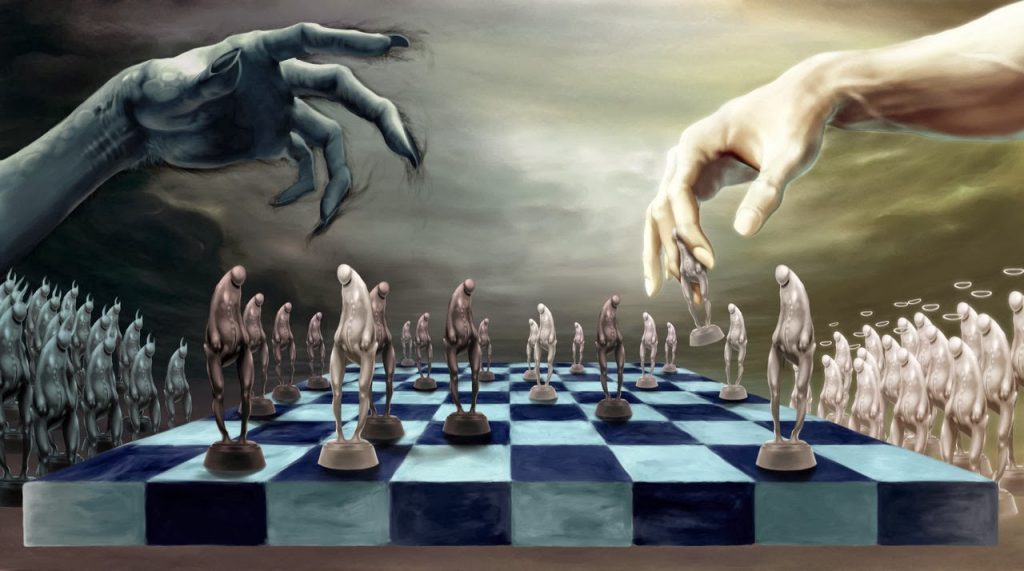Marketing to the Brain
Knowing how the human mind processes information and images, and putting that knowledge to use, can help you become more engaging and effective at your marketing strategies.
Scientists in a new field of research are trying to figure out how our preferences affect the decisions we make. This means that hard facts are coming to light that point our control over people may be stronger than we believe. Neuromarketing studies are “the collection & interpretation of neurological and neurophysiological facts about people using different protocols, allowing studies to explore nonverbal and unconscious responses to all types of stimuli for the purposes of market research,” according to the Neuromarketing Science & Business Association.
“Marketing either works with or against the cognitive biases”
Neuromarketing is how our minds respond to marketing on a physical level and how the marketing effects our behavior, consciously or unconsciously. There are ‘cognitive prejudice ’ built into all of us. We can’t help it. It is simply the way we are hardwired. Marketing either works with or against the cognitive thought. So It is up to the creative minds, like you or I, to use this power for good and not evil.
It’s critical to understand these predispositions, to know how our minds process information & images. “The competition for attention is fierce in today’s business world, so knowing what lights up our brains gives our team an edge that can help them win,” says Scott Richards, president of marketing at Faceless Marketing, a full service firm based in Orlando, Florida.
When people are free to do as they please, they usually imitate each other
So tap into the mind of your clients and customers with a few simple tricks…
Emotions
1: We all have a primitive brain. The amygdala controls individuals reactions & emotions, and it works so much faster than our conscious mind. In fact, we experience quick gut reactions in 3 seconds or less. Emotions make a more lasting impression than rational thought.
Advice: Aim for a quick gut reaction, & pay attention to how your materials look when glanced at (as opposed to considered, because no one has the time or inclination to do that anymore.) Pay attention to the things people see first.
Images
2: We love images and so does your brain. We as humans process images much faster than type. Around 90 percent of all data that the brain processes is through the visual cortex. We grasp pictures with text more than we remember text all by itself.
Advice: Use images, but make them special, and stay away from the stock photos. You can also use Spark Post or Vectr or Fotor to create images. Of course, That is if you do not have the Adobe Suite.
Connection
3: Our brains love faces. Research implies that natural selection promoted humans who were able to quickly identify threats & build connections. We are wired from the beginning to recognize and down right prefer human faces. The part of the brain that processes human faces is right next to the part that processes emotions.
Advice: Use real people in your marketing materials, and consider putting faces in your work. Eye-tracking research has shown that our brains will default to first look at human faces on a web page. So use a trick of ours by adding a photo of a face that is eyeing a call-to-action button or important bit of text.
Colors
4: Colors inspire specific feelings. There’s more to color choice than what looks good. Different colors cue different signals in a brain. In fact, research has shown that 62 to 90 percent of our feeling about a product is determined by color alone. Yellow activates the anxiety center of the brain. Blue builds trust. Red creates urgency. And that’s just the start.
Advice: There’s a science and art behind color choice, especially as it relates to marketing fundamentals like call-to-action buttons. “Don’t choose colors arbitrarily,” Scott says. What colors work best for your company will depend on your brand, positioning and audience? The best approach, as always, is to test how color affects response before choosing.
Titles
5: Names change behavior. What something is called affects our reaction to it. A recent study found that simply calling the same portion of spaghetti “double-size” caused diners to eat less. Sounds crazy right! It simply works.
Advice: Take your time and consider how your text might affect attitude as you title products, give descriptions on models or options, and create customer/client messages.
Conformity
6: We as humans crave belonging. We have a desire to be a part of the pack. The philosopher Eric Hoffer said “When people are free to do as they please, they usually imitate each other”.
Advice: Take away any anxiety, point out a belonging and build influence with your audience by using social proof & signals, in the form of endorsements from well-known influence’s in your field; media logos (from outlets that have quoted or referenced you); customer testimonials woven throughout a site (not exiled to a specific page); and social widgets and shares, assuming you have a solid social media program in place.

Neuromarketing is a in-depth topic that can be taken down many alley ways in discussion. So, keep these ideas in mind the next time you go to create some original content for your business. As you and I know, the devil is in the details. The only difference between a meal that costs $50 and meal a that costs $12.99 is the knowledge of how to use a spice rack by the chef that prepared the meal. This is the same when it comes to your marketing.
Need some help deciding how to reach your audience? Reach out to us for some consultation and education. You never know what you may learn next. Call 1-800-357-1299 or Shoot us a Message Here.







